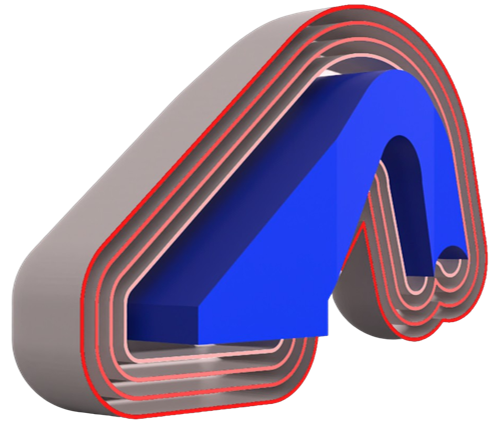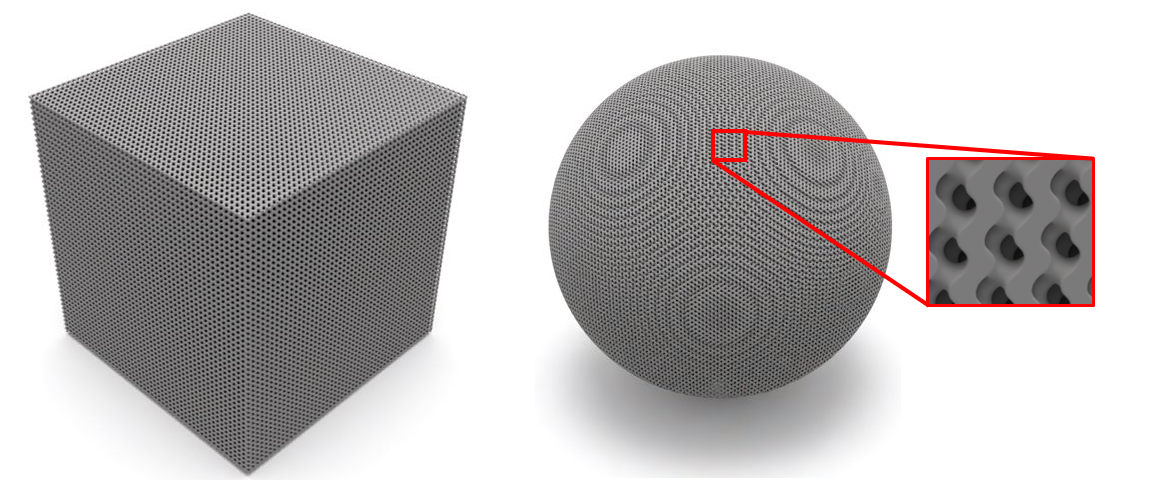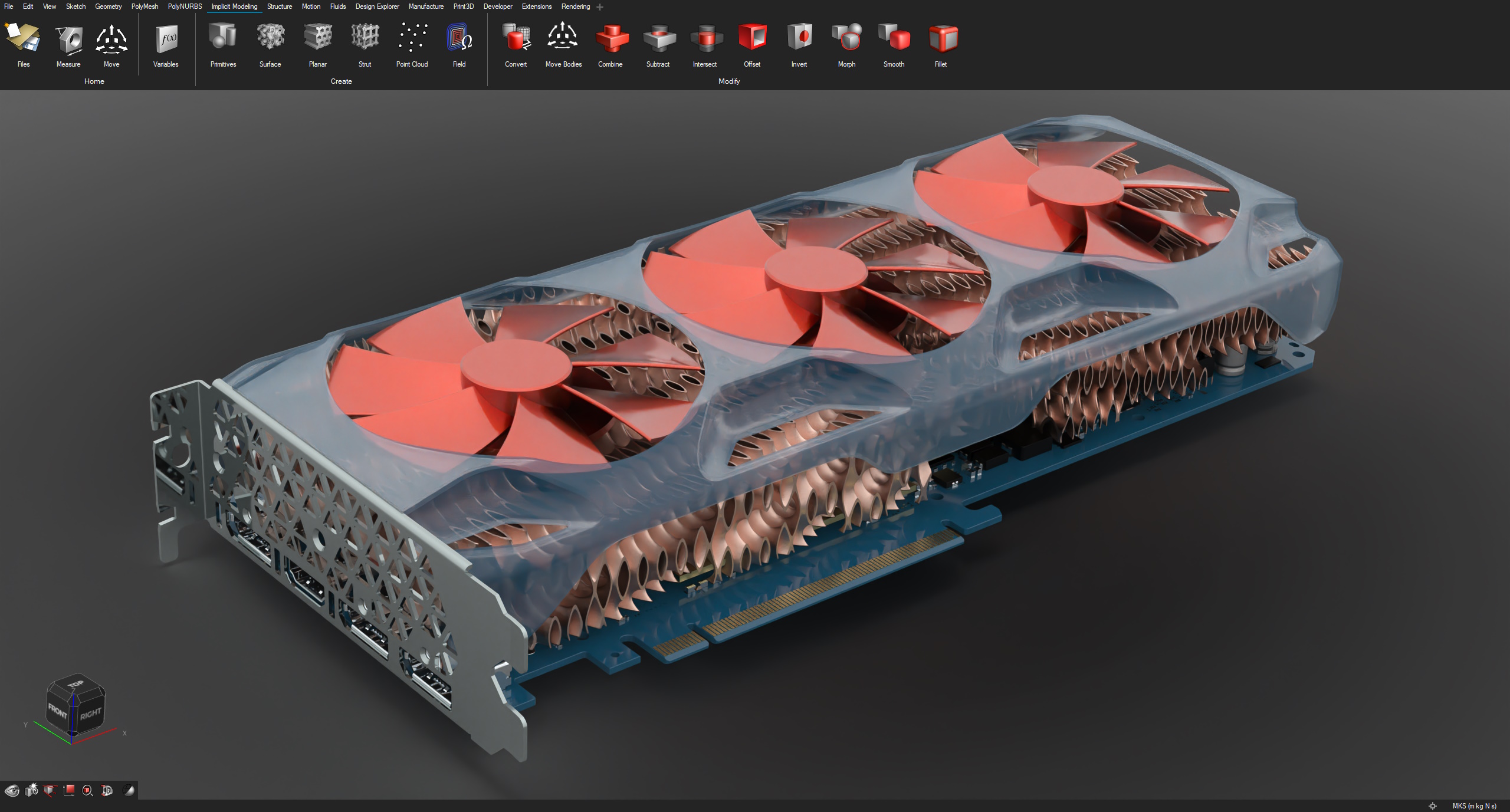What is Implicit Modeling?
What is implicit modeling and why do we want to use it?
Instead of explicitly defining the surface or boundary of an object, implicit modeling represents geometry through implicit functions, defining relationships between points in space using conditions or constraints.
Implicit functions can be thought of as a 3D field of scalar values, where positive values are outside the geometry's boundary and negative values are inside the geometry's boundary. An isosurface is created, passing through all positions in the field where the scalar value is equal to zero.
With implicit modeling, you can efficiently and robustly manipulate complex geometry, perform Boolean and offset operations without failure, and model at scale with a high resolution.



